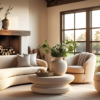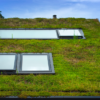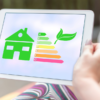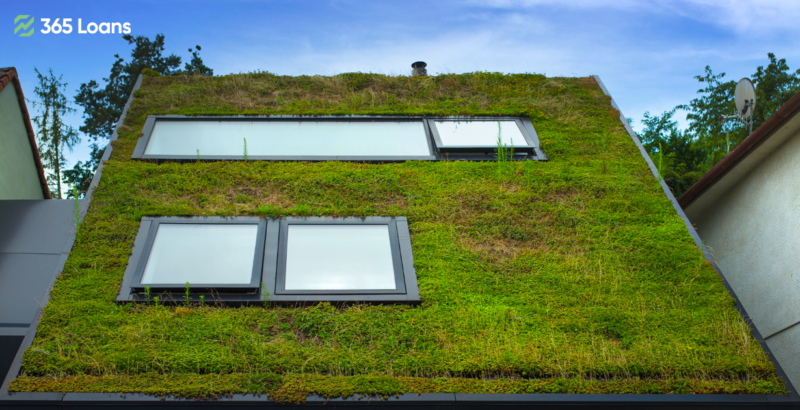Homes with green roof systems don’t just look cozy and welcoming. They do, indeed, provide for a more comfortable and sustainable living. Plus, they can save you money too!
What are they made of?
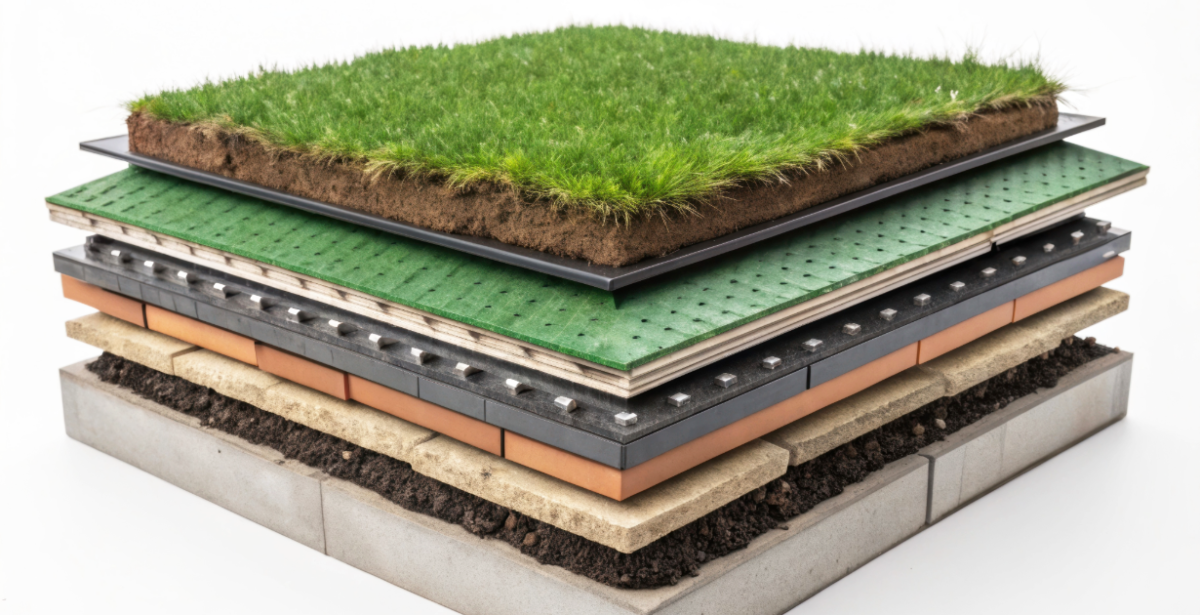
Green roofs, basically, represent a rooftop with a vegetation layer. That is why they are also called ‘living roofs’. Apart from soil with grass and/or plants, they require a waterproof membrane, as well as a drainage system. They may incorporate other layers too (like a root barrier), depending on the house specifications and type of green roof installation.
BENEFITS of Green Roofs
- 🌡️ Living roofs regulate house temperatures naturally, making homes feel cooler in summer and warmer in winter.
- 💰 All buildings with green roofs need less power for heating and cooling, directly leading to lower energy bills.
- 🔨 Vegetated rooftops are proven to prolong roof life, acting as a protective layer. They also tend to last longer than standard roofing.
- 💨 Just like trees, living roofs improve air quality in urban areas by purifying it, increasing humidity levels, and lessening the heat island effect. Furthermore, they may boost indoor air quality too, by reducing the amount of ozone getting in.
- 💧 The nature of vegetated roofs aids rainfall management through excess water absorption and conservation.
- 💚 Green roofs provide a number of ecological benefits to Mother Earth too! Like lowering households’ carbon footprint, improving water quality, increasing biodiversity, lessening bees‘ extinction, and more!
TYPES of Green Roofs:
Extensive
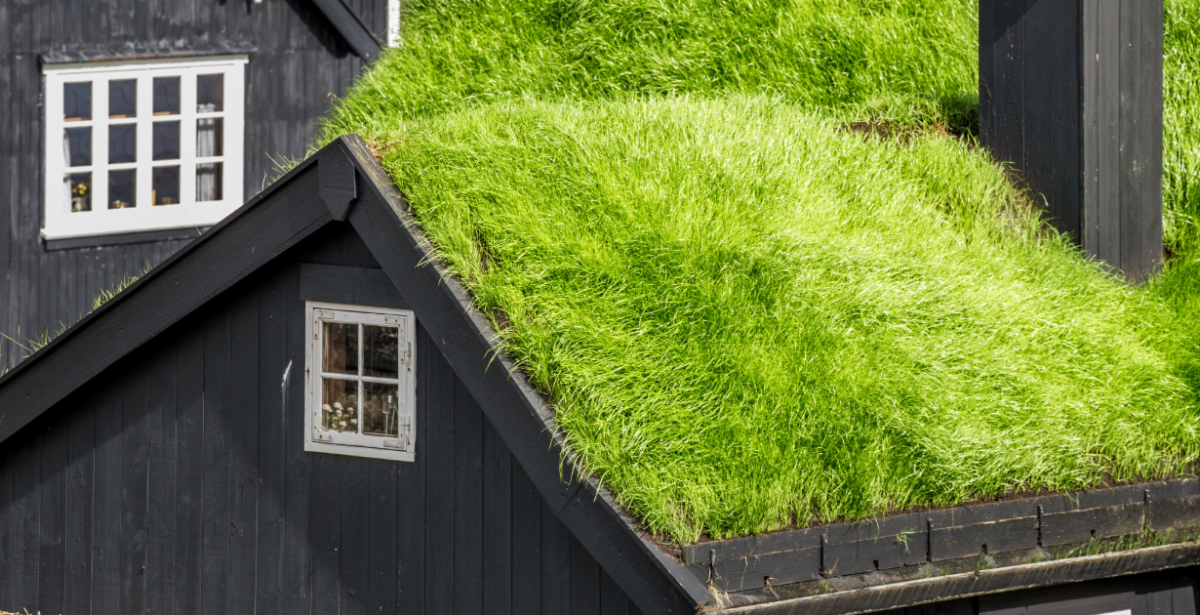
Extensive green roofs are the simplest and most straightforward type. They usually contain hardy plants (grasses, moss, herbs, succulents), requiring little structural support and low maintenance. They can be called sod or turf roofs too.
Intensive
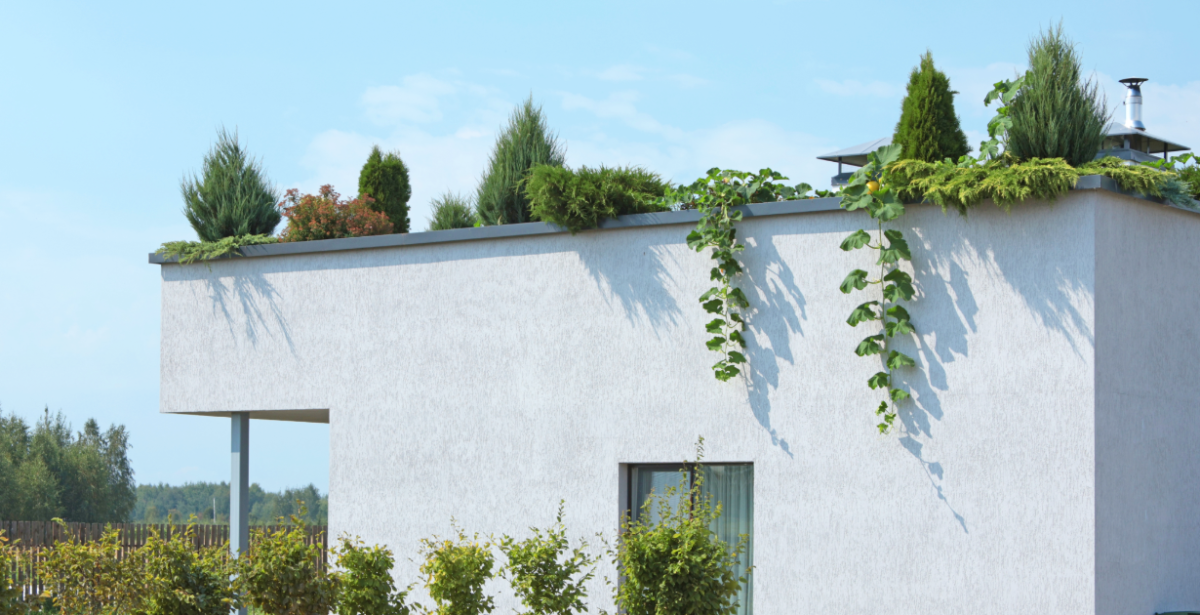
Intensive green roofs represent garden rooftops with a heavier structure. Naturally, they cost more and need regular maintenance. They can be semi-intensive too, combining extensive and intensive vegetation, or standard roofing with a partial garden.
Biosolar
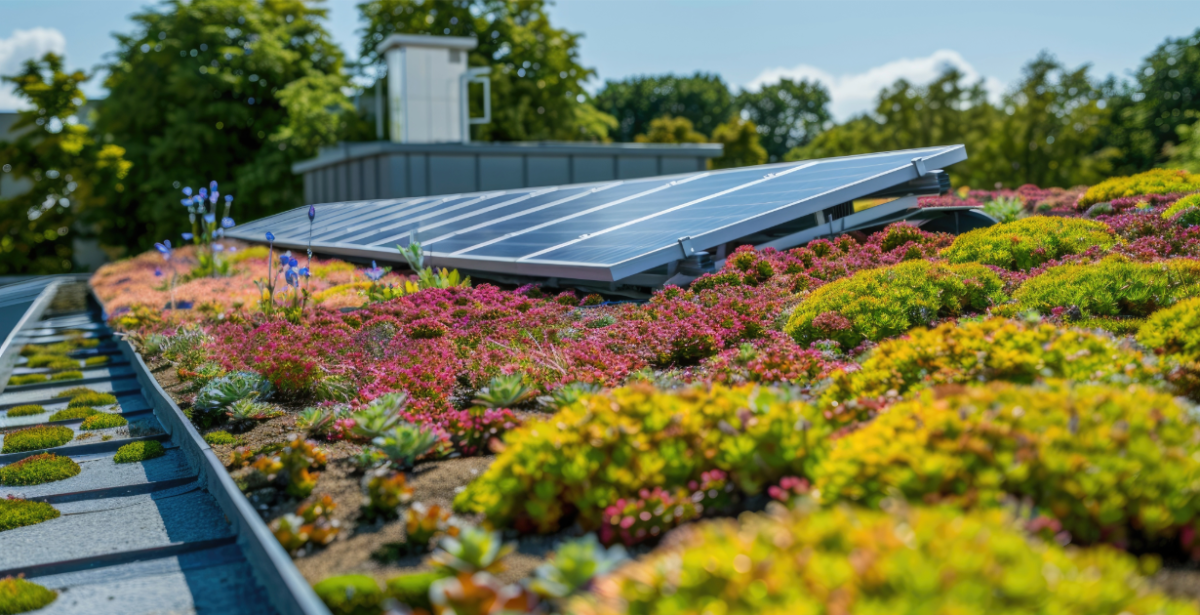
Biosolar roofs combine green roofs with solar panels. They represent the most sustainable type of roofing, complementing each other in reducing, or eliminating power consumption, making the planet a greener place to live!
Blue green roof
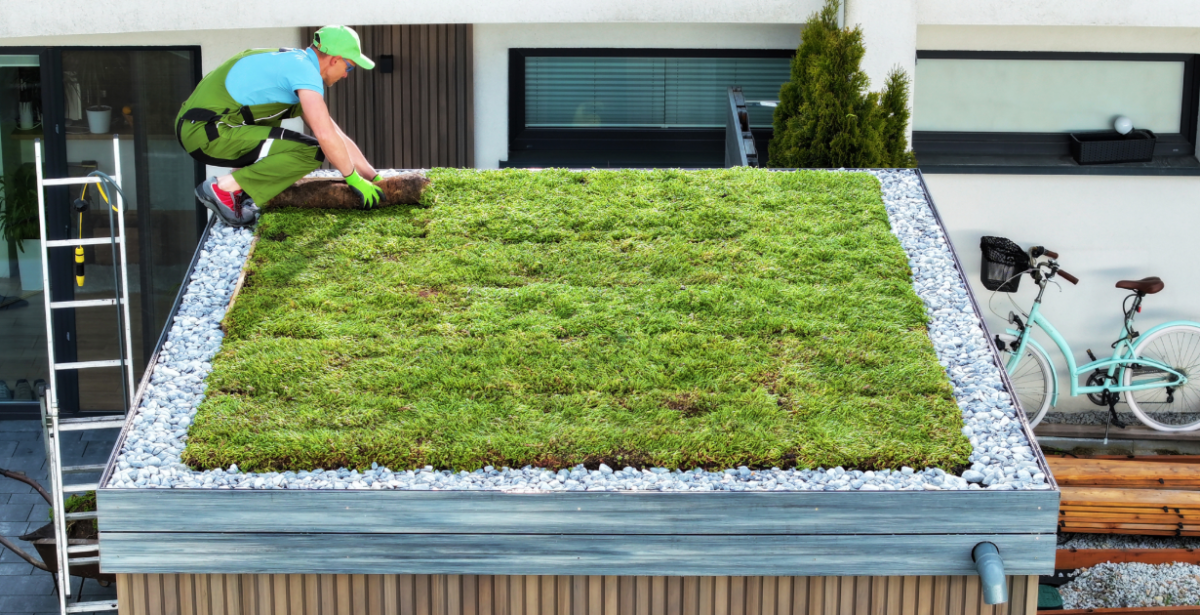
Rooftops, designed specifically for excess stormwater absorption. Blue green roofs are ideal for low slope and flat rooftops in areas with heavy rainfalls.
So, why a green roof?
Green roofs can not only save you a lot of money in the long run, they have the potential to save the whole planet! By bringing people closer to nature, green roofing, green living and green way of thinking, have a big impact on our health and our home. And it’s up to us to make it happen❣️
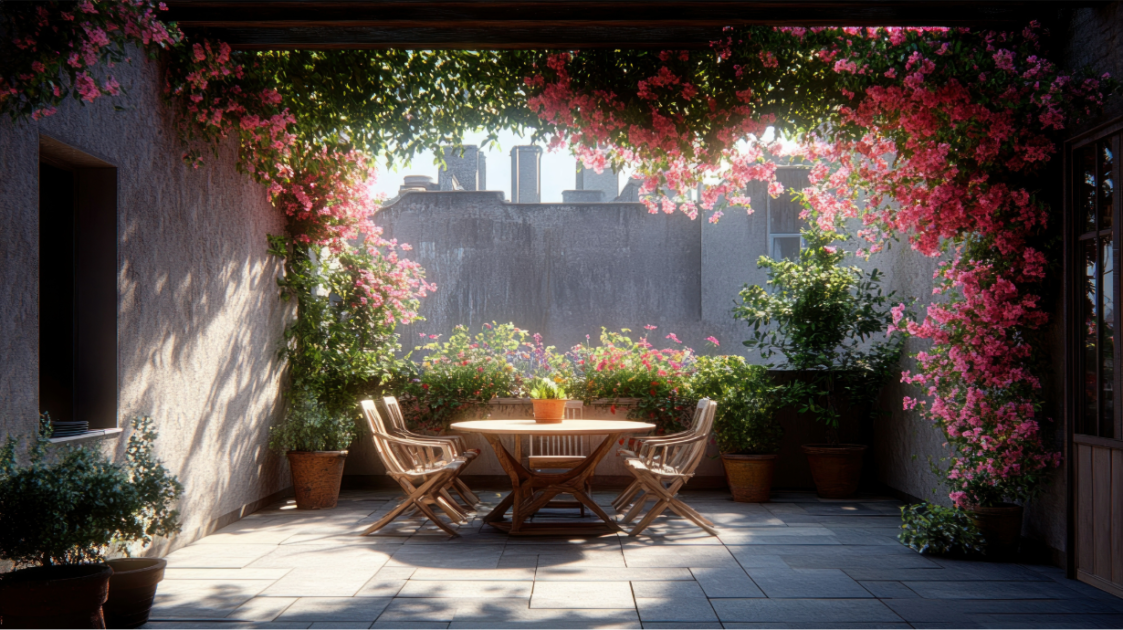
You may also want to discover:
5 ENERGY-SAVING Home Improvements
you can do in a day >

